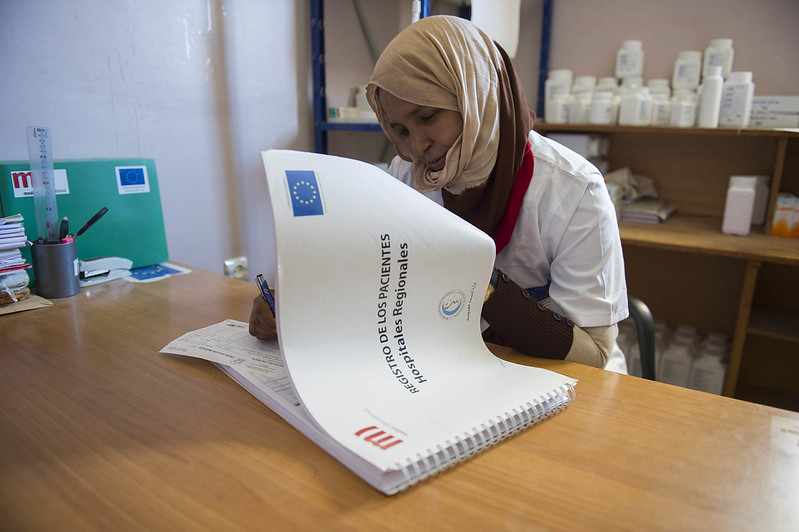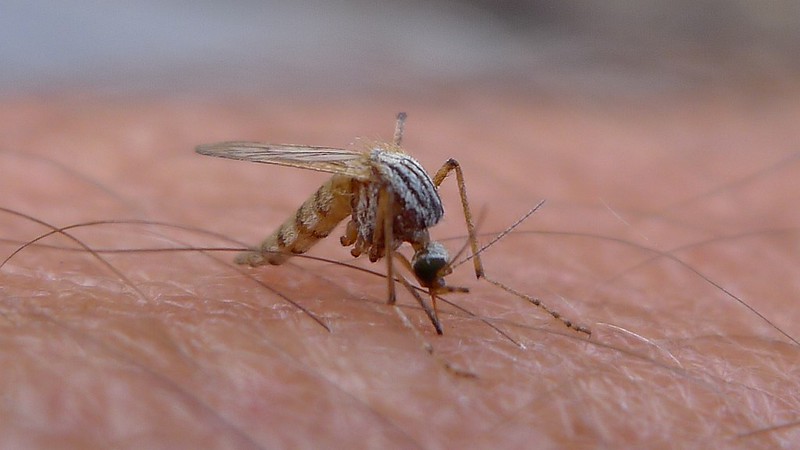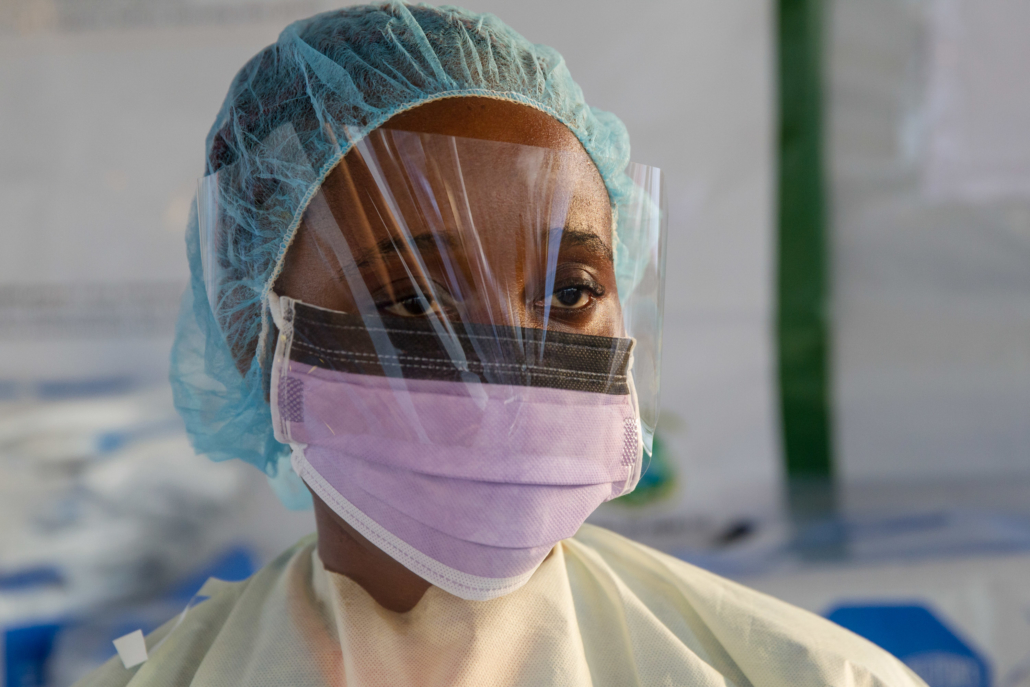 PFAS, or “forever chemicals,” are a growing concern in the European Union due to their harmful impact on both human health and the environment. Regulation of PFAS in the EU is accelerating to help control negative health outcomes and prevent further contamination of the environment. This article explores the latest developments in PFAS regulation and litigation and the broader implications for public health and vulnerable communities in the EU.
PFAS, or “forever chemicals,” are a growing concern in the European Union due to their harmful impact on both human health and the environment. Regulation of PFAS in the EU is accelerating to help control negative health outcomes and prevent further contamination of the environment. This article explores the latest developments in PFAS regulation and litigation and the broader implications for public health and vulnerable communities in the EU.
Background
Per- and polyfluoroalkyl substances (PFAS) is the umbrella name for a group of more than 7 million human-made and naturally occurring chemicals. This group of chemicals is known for its persistence in the environment gaining the nickname of “forever chemicals.” Over the past few years, PFAS have come to the spotlight in European media following extensive class actions against producers in the U.S. since the late 1990s.
It is a subset of several thousand human-made PFAS which are of particular concern in Europe today for their negative impacts on human health. These health impacts include increased incidences of cancer, pregnancy complications and potentially, diseases of organs such as the thyroid and kidneys.
Harmful PFAS (such as PFOS and PFOAS) are a global problem, accumulating in environments and living beings. The Stockholm Convention sought to regulate several types of PFAS, beginning in 2009 and expanding to regulate what is currently a handful of the chemicals worldwide. Globally, 99% of humans (including fetuses) have measurable levels of forever chemicals in their bloodstream.
The European PFAS Problem
Europe has a legacy of several large production sites where forever chemicals were used heavily in industry. There are also large sites where PFAS presence in firefighting foam has caused significant contamination of groundwater and surrounding soil. In a Europe-wide investigation from French news platform Le Monde and The Forever Pollution Project, PFAS contamination was detected at 23,000 sites. A further 21,500 sites had presumed contamination which had not yet been tested for, and over 2,300 sites contained concentrations of specific PFAS at which there was hazard to human health.
Little EU-specific work has investigated the impacts of harmful forever chemicals on specific groups. According to the research conducted by the author of this article, many (though not all) European industrial sites which have historic, or present PFAS production activities are situated near lower-income communities. It is a concern that people living in these areas may be disproportionately affected by the chemicals compared to those living in higher socio-economic conditions.
Furthermore, negative health outcomes from harmful PFAS exposure have been shown to accumulate faster in children. This includes impacts on the immune system and a child’s lowered ability to fight childhood infections. Lower birth weights for babies born from women with high levels of harmful PFAS exposure can also result in secondary complications of developmental problems and poorer health in later life. This outcome was comparable to associations drawn between premature births to mothers with high exposure to tobacco.
Regulating PFAS in the EU
Regulation of PFAS in the EU enjoys a relatively transparent process which began with the Stockholm Convention. It gained real traction following the 2023 submission of a “REACH” restriction proposal on forever chemicals by Denmark, Germany, the Netherlands, Norway and Sweden to the European Chemicals Agency (ECHA).
REACH is an EU regulation aiming to protect human and environmental health from chemical risks while also seeking to uphold a competitive EU chemicals industry. The regulation establishes standards of assessment, registration and compliance evaluation within EU manufacturing and imports.
As of 2025, REACH revisions have accelerated the dates of restrictions of some harmful types of PFAS in certain EU industries and led to faster safety measure implementations. Regulation of PFAS in the EU is also approaching total bans on consumer products such as cosmetics and food packaging, in line with similar developments within the US. Cleantech and health care companies will not be a part of the EU regulatory ban but see stricter regulation instead as the chemicals are still essential in these industries. The hope is for safer use of forever chemicals in present and future production.
Rise of EU PFAS Litigation
As well as an increase in regulation of PFAS in the EU, there has also been a rise in litigation surrounding legacy sites of production and PFAS use. Over the past two decades, $16.7 billion in U.S. legal settlements have been paid out to people alleging harm from PFAS exposure. A recent claim against chemical giant 3M was settled for $10.5 billion.
Both individuals and groups within EU countries are now beginning to seek compensation for health damages and costs of cleaning up PFAS pollutants. In Belgium, company 3M paid out more than €580 million to the Flemish government in 2022 for chemical leaks of forever chemicals and is also compensating neighbouring businesses into 2025 for a new round of claims.
Residents of countries including the Netherlands, Sweden, Italy and France are also suing companies, governments, and water treatment facilities (in the case of Sweden) for discharges of harmful PFAS into drinking water and agricultural land, according to Chemsec.
As legal settlements and regulatory actions increase, it is crucial to ensure that economically disadvantaged groups are not left behind in the process of receiving compensation and assistance. This is especially important as many economically disadvantaged communities are situated near legacy contamination sites and may have experienced negative health outcomes for decades before litigation, according to the research conducted by the author.
Hope for the future of the EU’s PFAS landscape
The rising awareness of forever chemicals and their impacts, the costs of essential cleanup and increasing regulation of PFAS in the EU is a positive process. EU-wide compensation and regulation could take significant time to implement, becoming a high-profile risk on the agenda of many companies facing litigation now and in the future.
Alongside these processes, there is a developing new market for innovation for both removal and disposal of harmful PFAS. Next-generation water filters, specialist treatment systems and new monitoring standards could have positive spillover effects for applications outside the EU. The new EU frameworks being introduced to handle forever chemicals may set a model for similar framework implementation elsewhere. While the EU has a lot of work and clean-up to do surrounding harmful PFAS, the prospects of safer drinking water for residents are positive. Regulation of PFAS in the EU has recognised the right to a safe environment and safe drinking water for its citizens, empowering citizens to demand these rights too.
– Autumn Joseph
Autumn is based in London,UK and focuses on Business and Global Health for The Borgen Project.
Photo: Flickr


 For many people around the world, the COVID-19 pandemic was an eye-opening event that revealed the dangers and inadequacies of the world’s global health systems. However, for other people, outbreaks of epidemic diseases might be more of a lived reality. On the continent of Africa, many know a certain geographic region in sub-Saharan Africa as the “meningitis belt.” These 26 countries face the dangers of meningitis more than other places around the world, and the outbreak of the COVID-19 pandemic delayed the vaccination of the MenAfriVac meningitis vaccine to 50 million children in these countries. African governments collaborated with the World Health Organization (WHO), the Bill and Melinda Gates Foundation and PATH, a nonprofit health organization, to develop
For many people around the world, the COVID-19 pandemic was an eye-opening event that revealed the dangers and inadequacies of the world’s global health systems. However, for other people, outbreaks of epidemic diseases might be more of a lived reality. On the continent of Africa, many know a certain geographic region in sub-Saharan Africa as the “meningitis belt.” These 26 countries face the dangers of meningitis more than other places around the world, and the outbreak of the COVID-19 pandemic delayed the vaccination of the MenAfriVac meningitis vaccine to 50 million children in these countries. African governments collaborated with the World Health Organization (WHO), the Bill and Melinda Gates Foundation and PATH, a nonprofit health organization, to develop 

 Diabetes is a disease that occurs when the pancreas is unable to produce or use insulin well, resulting in a high blood sugar level. When the body fails to make insulin at all, this is
Diabetes is a disease that occurs when the pancreas is unable to produce or use insulin well, resulting in a high blood sugar level. When the body fails to make insulin at all, this is 


